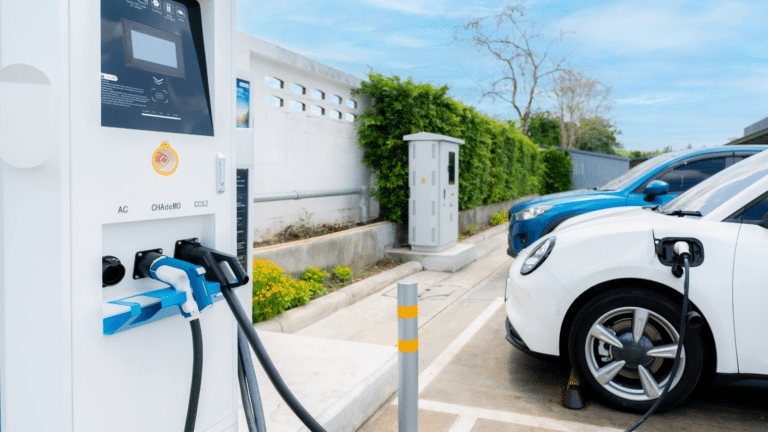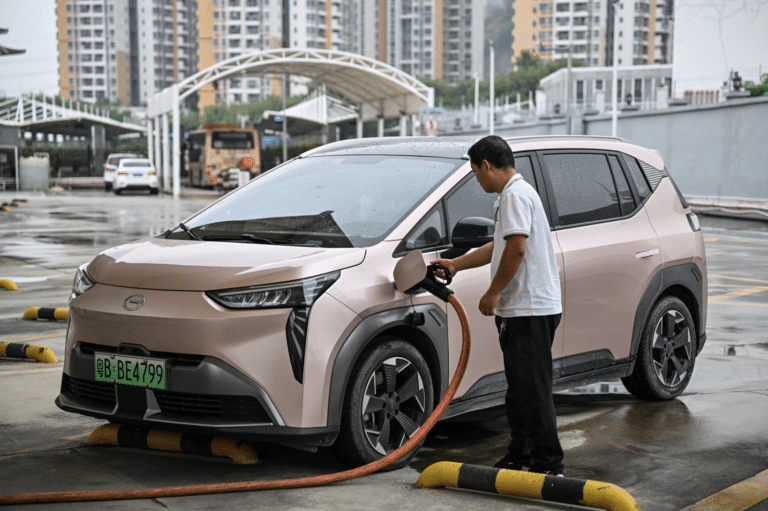This report represents the research and views of the author. It does not necessarily represent the views of the Center on Global Energy Policy. The piece may be subject to further revision. Contributions to SIPA for the benefit of CGEP are general use gifts, which gives the Center discretion in how it allocates these funds. More information is available here. Rare cases of sponsored projects are clearly indicated.
For a full list of financial supporters of the Center on Global Energy Policy at Columbia University SIPA, please visit our website. See below a list of members that are currently in CGEP’s Visionary Annual Circle.
-
CGEP’s Visionary Annual Circle
-
(This list is updated periodically)
Air Products
Anonymous
Jay Bernstein
Breakthrough Energy LLC
Children’s Investment Fund Foundation (CIFF)
Occidental Petroleum Corporation
Ray Rothrock
Kimberly and Scott Sheffield
Tellurian Inc.
Electric Vehicle Penetration and Its Impact On Global Oil Demand:
A Survey of 2019 Forecast Trends
Executive Summary
The transportation sector is responsible for more than half of global oil demand, with passenger vehicles and trucks making up by far the largest fraction. Many countries with decarbonization goals therefore seek to expand electrification of road transport to meaningfully decrease reliance on this fossil fuel. The degree to which electric vehicle (EV) penetration can alter global oil demand has implications for whether more stringent government decarbonization policies will be needed to reach net zero targets.
This report, part of an oil and gas research initiative at Columbia University’s Center on Global Energy Policy, compiles medium- and long-term forecasts of EV penetration and addresses the question of whether the sharp increase in EV sales in recent years—a fourfold rise from 2019 to 2021—is projected to continue or even accelerate. It compares survey responses from 14 entities, including governments, think tanks, oil companies, consultants, and investment banks in the fourth quarter of 2021 with a similar survey conducted in 2019. The report examines forecasts for passenger EV sales and fleet share as well as those for electric commercial trucks out to 2050, and considers some of the key underlying drivers of passenger vehicle oil demand (e.g., population growth, GDP growth, battery cost trends). Some forecasters offered multiple scenarios, including business as usual (BAU), carbon constrained, and net zero carbon emissions (NZ) by 2050, with meaningfully different results.
Overall, survey respondents anticipate an acceleration in the rate of EV penetration in passenger vehicles and light-duty trucks in the medium and long term, both in terms of sales and the ensuing share of the total fleet. Other findings from the forecasts include the following:
- The penetration of EV to total passenger car sales in 2030 forecasts range from 11 percent to 63 percent. Projections for 2050 range from 31 percent to nearly 100 percent. The wide range is due to varying degrees of anticipated carbon constraints, with NZ 2050 forecasts having the highest EV penetration. Significant changes (e.g., in government policy, technology, cost) would be needed to reach the level of EV penetration necessary for a net zero 2050 trajectory.
- All NZ and carbon constrained responses project that EVs will make up over half of the passenger vehicle fleet around 2040 and above 90 percent by 2050. Many non-carbon-constrained projections tend to be lower, with EVs making up 20 to 45 percent of the passenger fleet by 2050.
- With the Russian invasion of Ukraine and higher oil prices unfolding after the survey was conducted, several respondents provided additional information. They indicated that despite these occurrences that might further encourage a move away from oil, they wouldn’t significantly increase their EV penetration forecasts because of lower economic growth decreasing new car sales, battery supply chain and cost issues, and higher power prices.
- Forecasters generally cite government policies as a key driver of EV penetration, including regulations on fleet emissions, bans on internal combustion engine vehicles in certain geographies, incentives for purchasing EVs, and funding for EV charging infrastructure. Other potential drivers of increased EV penetration forecast in the 2021 survey versus the 2019 survey are the additional two years of technology and market maturation, with rapid new EV model introduction by multiple manufacturers.
- Due to stronger government policies, China is projected to lead EV penetration in medium- to long-term forecasts, with the US behind China and the EU due to historically weaker policy drivers and longer driving distances (which still cause range anxiety in some consumers).
- Most forecasts show passenger vehicle global oil demand peaking at or before 2030, with the NZ forecasts peaking before 2025. However, there was not much consensus among NZ forecasts of how rapid the decline will be between 2020 and 2030. In the NZ and carbon constrained forecasts, passenger vehicle oil demand falls from about 25 million barrels per day today to 3–6 million barrels per day by 2050. Most other forecasts ranged between 10 and 20 million barrels per day by 2050.
- Light-duty commercial trucks have the highest forecasts for EV penetration of all truck classes, and they even outpace some projections for passenger vehicle EV penetration by 2030. In contrast, electrification of heavy-duty trucks is projected to remain challenged by the size and weight of the batteries required to move them over long distances.






